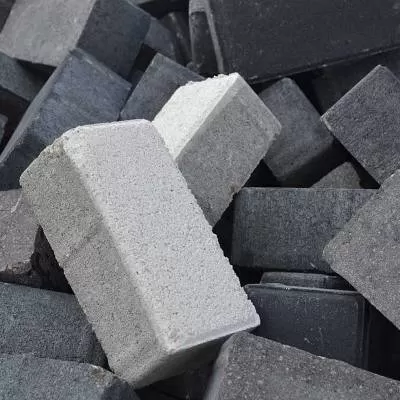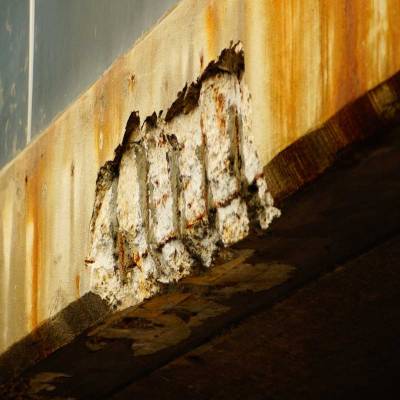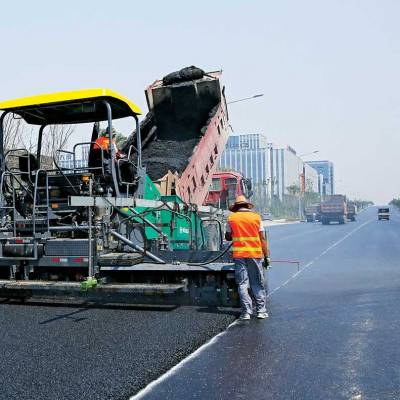- Home
- Building Material
- Concrete
- We all learn to make business from India
We all learn to make business from India
VG Sakthi Kumar, Chief Operating Officer, Schwing Stetter (India) Pvt Ltd
With a decade long agile presence, Schwing Stetter India, a 100 per cent subsidiary of the Schwing Group of Companies GMBH has introduced path breaking products in the Indian concrete pumping industry. Highlighting the company's new launch and presenting an overview of the Indian equipment industry, VG Sakthi Kumar, Chief Operating Officer, Schwing Stetter (India) talks to the CW team…
Could you explicate on your recent launch?
The product launched is the SP 8800 concrete pump. It is backed with high profile capacity and we are yet to discover a project which will challenge this pump in terms of vertical height.
What sets this product apart from the conventionally used?
One is the capacity and pressure at which this product operates. If the typical 1400 pump is 100 m, this is 10 times more in terms of size. Second, it consumes less fuel as compared to a similar class of machine produced by any manufacturer. And thirdly, the wear and tear is significantly lower due to the rock wall technology used.
We are not just talking about selling pumps, but also solutions. For instance, no one would like to hear pumping sounds in the middle of the night. So we have pumps placed in a container acoustic enclosure. This brings down the decibel levels to 72 at 1 m distance.
For how long has the company marked its presence in the Indian market?
Our factory opened in the year 2001. But in the year 1999 itself, on rental premises, we started with production. We reached a size of Rs 900 crore in the financial year 2010.
How would you trace the company's growth in India in the near future?
We are very responsive to the changing market scenario. Also, we are quick at putting up facilities. The longest period of time we have invested in setting up a plant has been six months. Considering logistical advantages, we are looking at investing in a plant in the central part of India.
How would you differentiate between the German and the Indian equip ment market?
The durability and life of German products is commendable. Schwing had supplied a 41 m separate placing boom to Tata Electric Company in Mumbai for constructing the Trombay Power Project. Today after 41 years, that machine is used by L&T for the Kakrapar Atomic Power Project in Gujarat.
Conversely, Germans fail to identify the customers' point of view. But, India is very adaptable and flexible. The overseas director and I were discussing the company's progress in India and we drew a conclusion that we all learn to make business from India.
In your view, what are the drawbacks of the Indian industry?
Some of our policy makers and bureaucrats take some time to understand the changing scenario. They are not aware of the technological developments in India. For example, products made in India are exported to Germany. For some reason, the government is not regularly updated with such statistics, the result of which is that they provide concession for importing the same machines that have gone out of India back to the country.
VG Sakthi Kumar, Chief Operating Officer, Schwing Stetter (India) Pvt Ltd With a decade long agile presence, Schwing Stetter India, a 100 per cent subsidiary of the Schwing Group of Companies GMBH has introduced path breaking products in the Indian concrete pumping industry. Highlighting the company's new launch and presenting an overview of the Indian equipment industry, VG Sakthi Kumar, Chief Operating Officer, Schwing Stetter (India) talks to the CW team… Could you explicate on your recent launch? The product launched is the SP 8800 concrete pump. It is backed with high profile capacity and we are yet to discover a project which will challenge this pump in terms of vertical height. What sets this product apart from the conventionally used?One is the capacity and pressure at which this product operates. If the typical 1400 pump is 100 m, this is 10 times more in terms of size. Second, it consumes less fuel as compared to a similar class of machine produced by any manufacturer. And thirdly, the wear and tear is significantly lower due to the rock wall technology used. We are not just talking about selling pumps, but also solutions. For instance, no one would like to hear pumping sounds in the middle of the night. So we have pumps placed in a container acoustic enclosure. This brings down the decibel levels to 72 at 1 m distance. For how long has the company marked its presence in the Indian market?Our factory opened in the year 2001. But in the year 1999 itself, on rental premises, we started with production. We reached a size of Rs 900 crore in the financial year 2010. How would you trace the company's growth in India in the near future?We are very responsive to the changing market scenario. Also, we are quick at putting up facilities. The longest period of time we have invested in setting up a plant has been six months. Considering logistical advantages, we are looking at investing in a plant in the central part of India. How would you differentiate between the German and the Indian equip ment market?The durability and life of German products is commendable. Schwing had supplied a 41 m separate placing boom to Tata Electric Company in Mumbai for constructing the Trombay Power Project. Today after 41 years, that machine is used by L&T for the Kakrapar Atomic Power Project in Gujarat. Conversely, Germans fail to identify the customers' point of view. But, India is very adaptable and flexible. The overseas director and I were discussing the company's progress in India and we drew a conclusion that we all learn to make business from India. In your view, what are the drawbacks of the Indian industry?Some of our policy makers and bureaucrats take some time to understand the changing scenario. They are not aware of the technological developments in India. For example, products made in India are exported to Germany. For some reason, the government is not regularly updated with such statistics, the result of which is that they provide concession for importing the same machines that have gone out of India back to the country.
























